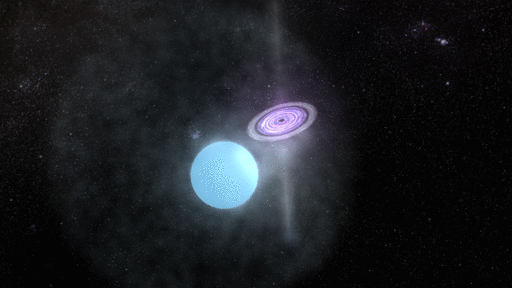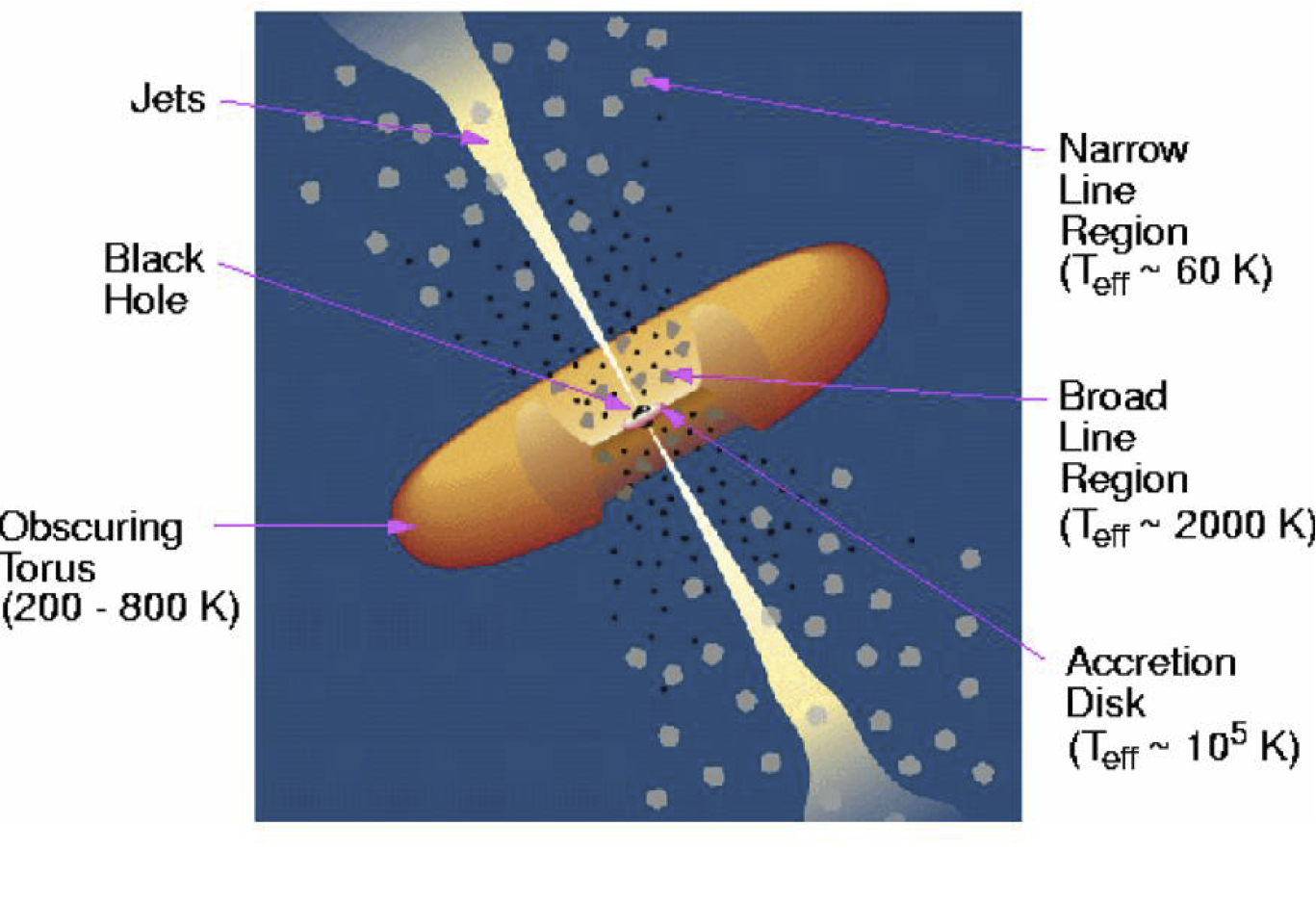| P9: Bubble Nebulae of Ultraluminous X-Ray Sources: Towards Intermediate Mass Black Holes? |
 |
 |
 |
|
Cseh, David
Intermediate-Mass Black Holes Black Holes are formed into two separate class. This categorization is based on their mass, therefore mankind discovered supermassive ones and stellar-mass ones. The former has from million to billion solar mass, the latter has up to 20 solar mass. Supermassive black holes reside in the centres of galaxies. Sometimes they are called quasars or active galactic nuclei. The name quasar means quasi stellar object. They are so powerful that they outshine their host galaxies, so they look like a star. In fact if we measure their distance we realize they cannot be stars as a star is not enough powerful to see its radiation from the edge of the Universe, so they just look stellar-like. In contrast, the other type of black holes with few solar mass are hosted by the Milky Way. They are accompanied by a hot, a star with 35000 C˚, which feeds the black hole with material.
(Walt Feimer/NASA/Goddard Space Flight Center Conceptual Image Lab)
It has recently been discovered ,that two type have strong connections, what is more the supermassive black holes are just scaled-up galactic black holes. It means eg. if we see a process in the galactic ones on a weekly timescale we would see the same process in supermassive ones on a cosmic timescale, like in billions of years. So they are bigger, heavier and slower. As the two class is somewhat similar it is reasonable to ask whether there is any intermediate-mass black hole with mass from a hundred to million solar mass. Is there a third class what could fill the gap between the two types?
Ultraluminous X-ray sources What kind of sources could be or could host an intermediate-mass black hole? Where to search for them? In our Galaxy or far away at cosmological distances? On of the best candidate among the souces is an ultraluminous X-ray source. They radiate so powerful that we cannot explain this phenomenon with a stellar-mass black hole, nor with a supermassive black hole. The latter radiation is much higher. What is more, the mass of a black hole is proportional to its luminosity, therefore their mass would fall into the hunted mass range. Although, no one has proved yet their existence. It is difficult because they are hosed by external nearby galaxies, so they are far and not enough powerful for the current instrumentations. There are other candidates for intermediate mass black holes. It’s possible that they reside in super dense star clusters, in so-called globular clusters. They could be form by merging of several stellar-mass black holes in the centres of these dense clusters. In my PhD I will mainly focus on these candidates and investigate their properties and make a comparison with stellar and supermassive black holes. This research will lead us closer to understand the formation and evolution of supermassive black holes and the Universe. The hunt begun! |

